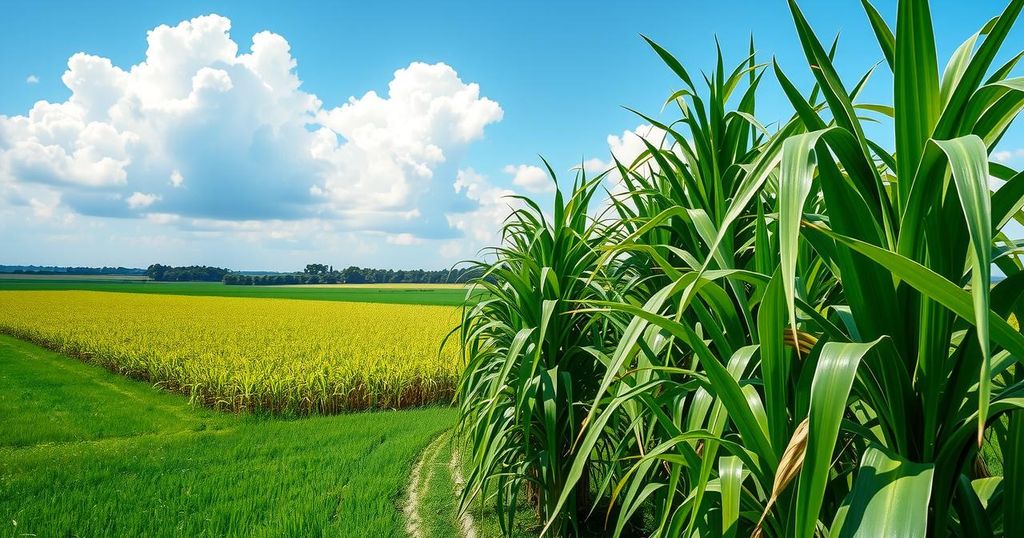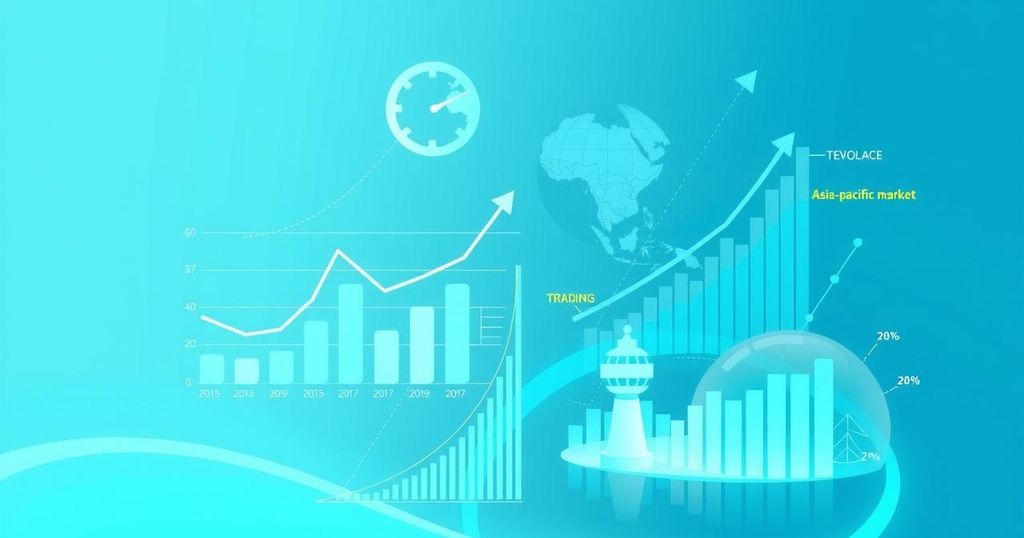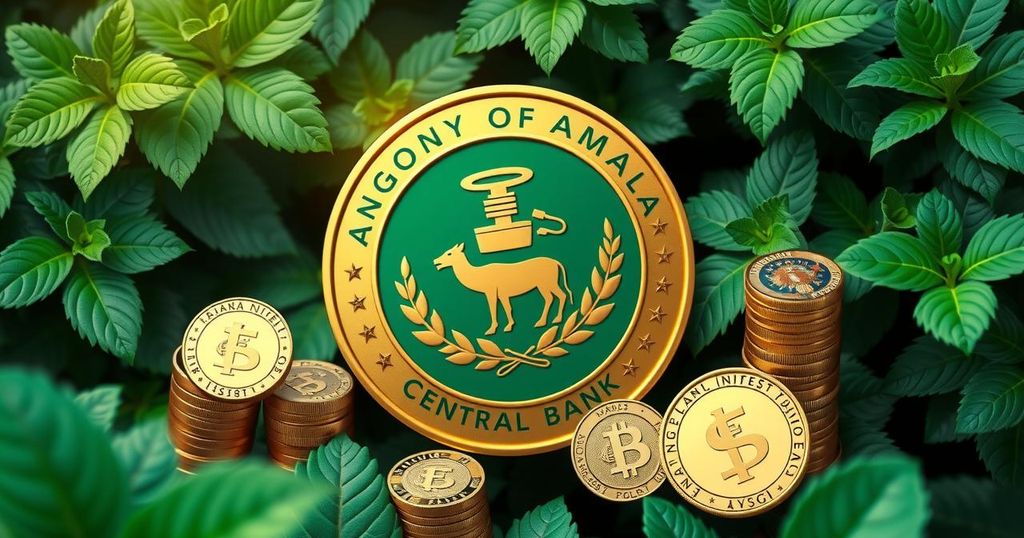NY Sugar Prices Decline Amid Rain Forecasts for Brazil and Production Adjustments
New York sugar prices fell due to rain forecasts for Brazil, alleviating dryness concerns. Reports indicated a decrease in global sugar production, with the International Sugar Organization and Brazilian authorities adjusting forecasts downward. Meanwhile, increased sugar production in Thailand and export permissions in India may affect market dynamics.
On Friday, New York sugar prices, specifically the May world sugar 11 (SBK25), experienced a decline of 0.06 points, or 0.31%. In contrast, the May London ICE white sugar 5 (SWK25) saw an increase of 2.80 points, or 0.52%. The drop in New York sugar prices marked a reversal from a two-week high due to forecasts indicating rain in Brazil, which is expected to enhance sugarcane yields by alleviating dryness.
Earlier in the week, sugar prices were buoyed by a rally driven by indications of reduced global sugar production. Reports from Unica indicated that cumulative sugar output in Brazil’s Center-South region decreased by 5.6% year-on-year, totaling 39.822 million metric tons through February. Moreover, the Indian Sugar and Bio-energy Manufacturers Association revised its 2024/25 production forecast down to 26.4 million metric tons, reflecting lower sugarcane yields compared to previous estimates.
The International Sugar Organization (ISO) adjusted its global sugar deficit forecast for 2024/25 from -2.51 million metric tons to -4.88 million metric tons, highlighting a tightening market situation. Additionally, the ISO revised its global sugar production forecast down to 175.5 million metric tons from an earlier projection of 179.1 million metric tons, indicating escalating concerns over sugar supply.
Recent trends indicate a bearish outlook for sugar prices following significant deliveries by Wilmar International Ltd and Sucres et Denrees SA, totaling 1.7 million metric tons against the March NY futures contract. Such large deliveries typically signify weaker demand, suggesting an oversaturated market where sellers struggle to find buyers.
Further bearish sentiment arose from projections indicating an increase in Brazilian sugar production to 42.4 million metric tons for the 2025/26 crop year, up by 6% year-on-year, as announced by Datagro. Additionally, Czarnikow forecasted that Brazilian sugar production could reach a record 43.6 million metric tons, driven by a shift towards sugar production over ethanol.
The Indian government’s decision to permit the limited export of 1 million metric tons of sugar underscores the efforts to balance domestic supply after restricting exports since October 2023. The India Sugar Mills Association has projected a significant -17.5% year-on-year decline in domestic sugar production for 2024/25, reaching a five-year low of 26.4 million metric tons.
Prospects for higher sugar production in Thailand, with an 18% increase forecasted to 10.35 million metric tons for the 2024/25 season, may further exert downward pressure on global sugar prices. This prediction follows a production output of 8.77 million metric tons in the prior season, reinforcing Thailand’s position as a leading sugar exporter.
Drought and extreme heat last year inflicted significant damage on Brazil’s sugar crops, with losses estimated at 5 million metric tons due to fires in São Paulo, the nation’s primary sugar-producing state. Conab’s updated projections reflect a trimmed estimate for Brazil’s sugar production from 46 million metric tons to 44 million metric tons, further influenced by deteriorated sugarcane yields.
In summary, the recent changes in New York sugar prices reveal a complex interplay of weather predictions, global production forecasts, and demand indicators. The anticipated rain in Brazil may support sugarcane yields, yet concerns regarding production deficits both globally and in India persist. Moreover, the potential increase in sugar supply from Thailand and adjustments in Brazilian output underscore the ongoing fluctuations in the sugar market, highlighting a critical period for producers and consumers alike.
Original Source: www.tradingview.com




Post Comment